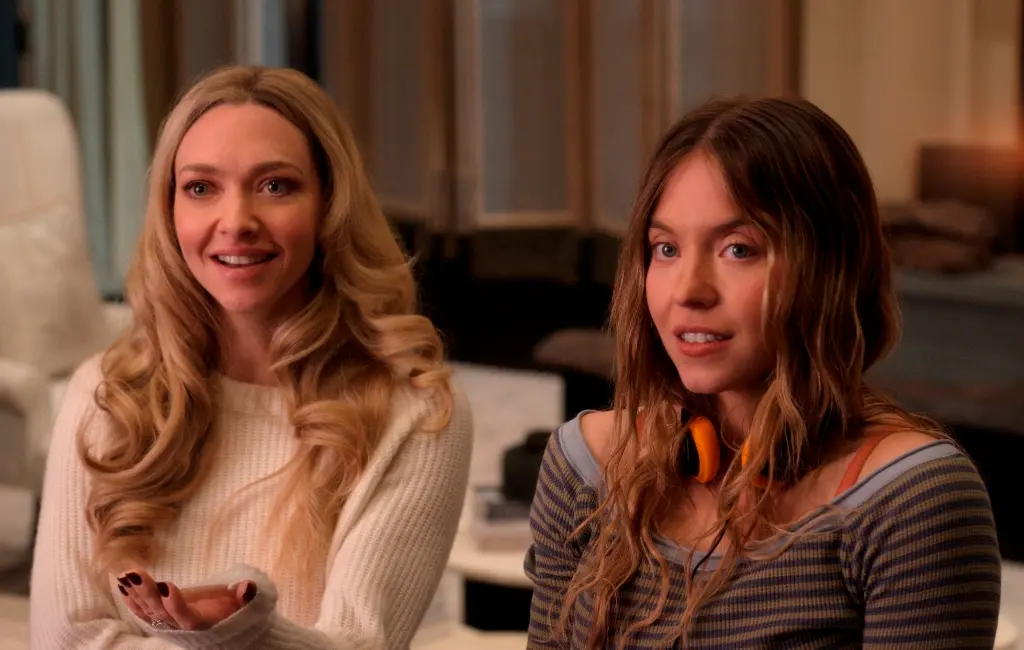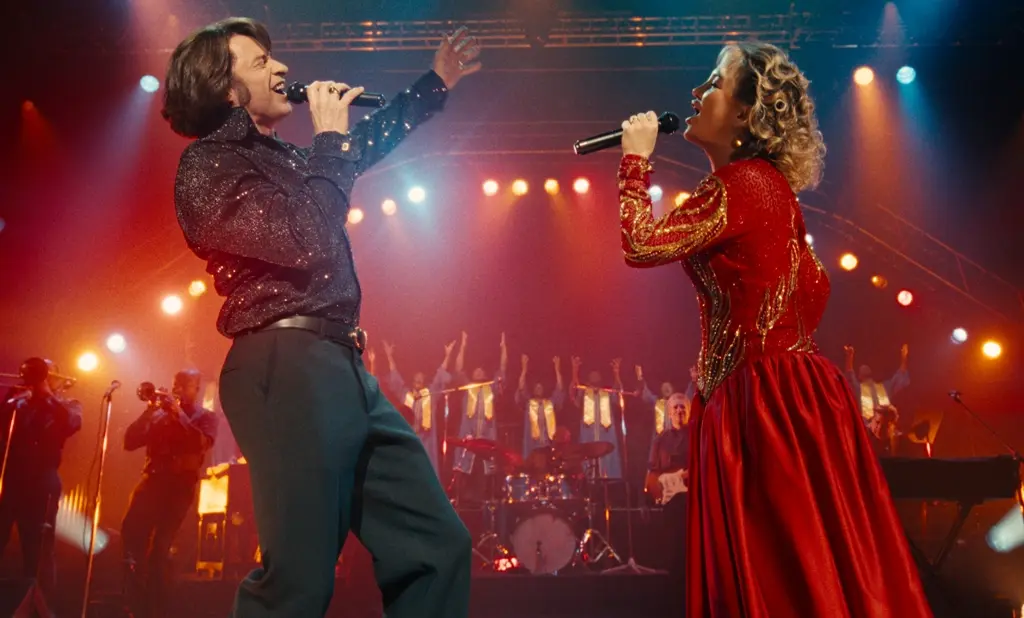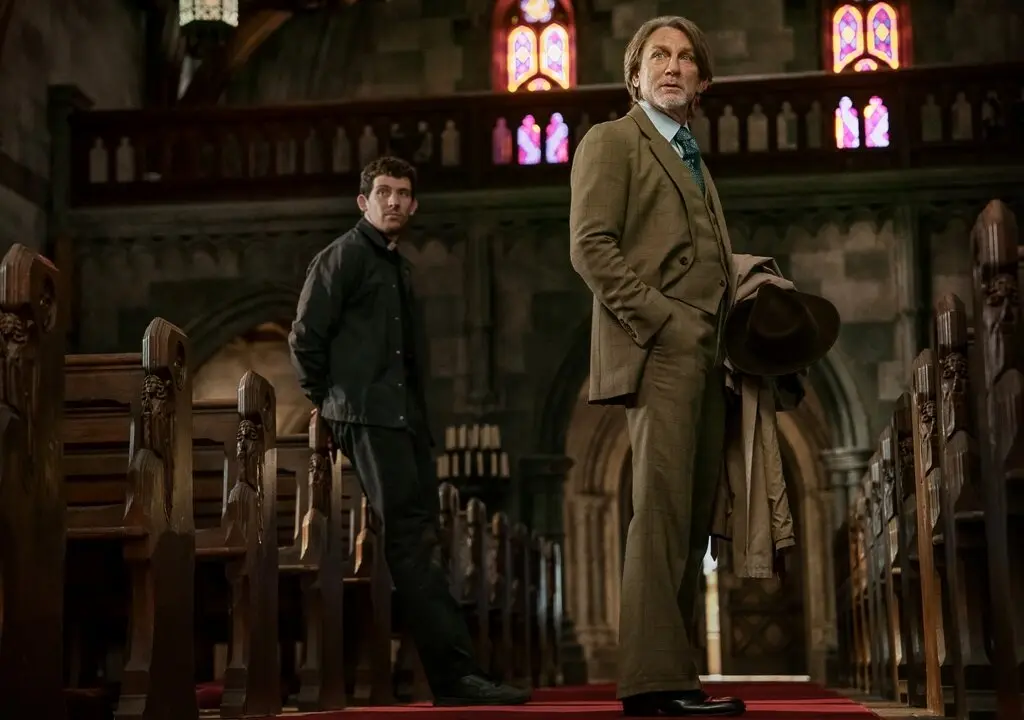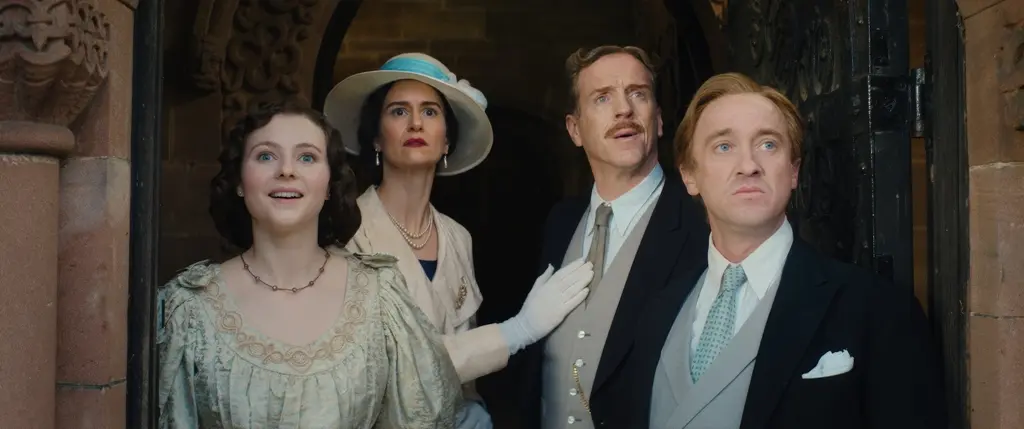R | 1h 36min | Documentary, Film History | Nov. 27, 1991
There haven’t been many feature films made about other films (fewer than 10), and the only one worth the investment of your time is “Hearts of Darkness: A Filmmaker’s Apocalypse” (“Hearts of Darkness”).





